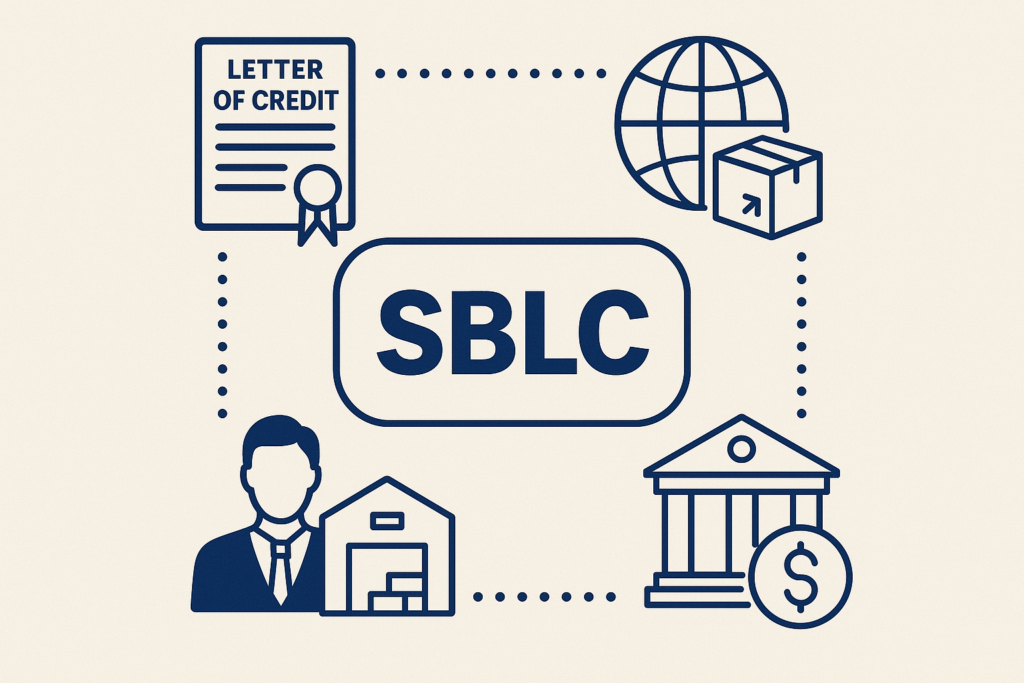
In the complex and high-value world of international commodity trading, counterparty risk remains a central concern. To mitigate this risk and ensure contractual performance, financial instruments such as Standby Letters of Credit (SBLCs) are commonly employed. An SBLC serves as a guarantee of payment issued by a bank on behalf of a buyer, functioning as a safety net in the event that the buyer fails to fulfill their contractual obligations.
An SBLC is not intended to be drawn upon in the ordinary course of business. Rather, it acts as a “standby” financial guarantee, typically invoked only if the buyer defaults. It differs fundamentally from a documentary letter of credit (LC), which is a primary payment mechanism. In contrast, an SBLC is a secondary payment instrument that becomes active upon the occurrence of non-performance or non-payment.
In the context of commodity trading, an SBLC is often used to secure payment obligations under a sales contract. For instance, a commodity buyer may be required to provide an SBLC in favour of the seller, guaranteeing that funds will be made available should the buyer default. This assurance enables the seller to proceed with procurement, shipping, and insurance arrangements with reduced financial exposure.
Key features of an SBLC include:
Independence from the underlying contract: The SBLC is a separate and autonomous undertaking from the commercial agreement between the buyer and seller.
Payability upon presentation of compliant documents: The beneficiary (usually the seller) must present stipulated documents, often including a statement of default, to trigger payment.
Irrevocability: Once issued, the SBLC cannot be cancelled or amended without the consent of all parties involved.
SBLCs are governed by international rules such as the International Chamber of Commerce’s (ICC) ISP98 (International Standby Practices) or UCP600 (Uniform Customs and Practice for Documentary Credits), depending on the preference stated in the instrument.
In practice, SBLCs are widely accepted in global commodity markets, especially in transactions involving new or unfamiliar trading partners, jurisdictions with heightened political or credit risk, or high-value contracts where creditworthiness is paramount. For sellers, the SBLC represents a form of credit enhancement; for buyers, it facilitates trade by replacing the need for upfront cash or collateral.
When properly structured and issued by a reputable financial institution, an SBLC can be a powerful tool to support trust, liquidity, and risk management in international commodity transactions.
We use cookies to give you the best online experience. By agreeing you accept the use of cookies in accordance with our cookie policy.